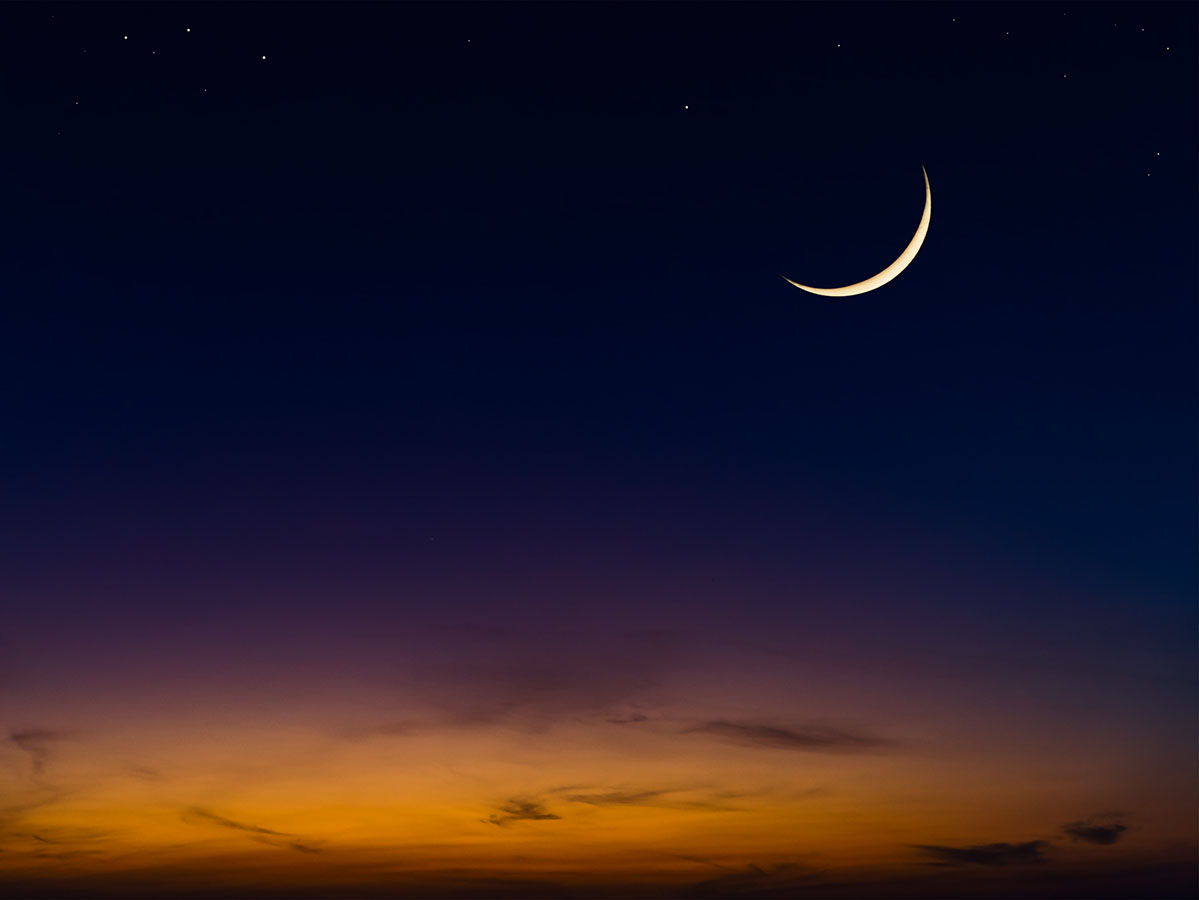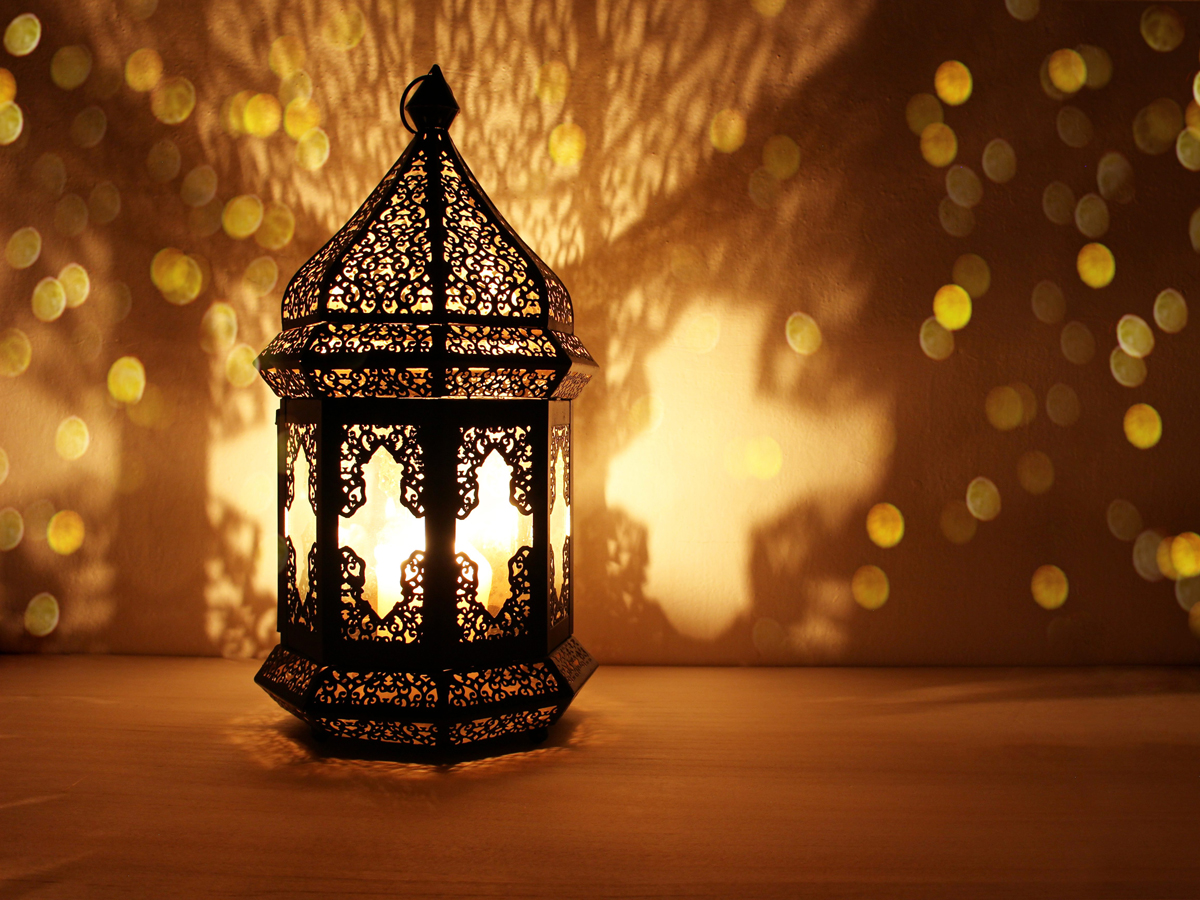Some 20 years since Sarajevo suffered the longest city siege in the history of modern warfare, it once again has visitors flocking its way. And what they are finding is one of Europe’s most peaceful and accepting cities.
This is certainly apparent, from the moment you set foot in Bosnia and Herzegovina’s capital and meet its warm and welcoming people. Sarajevo is a melting pot of cultures, and its architecture is an eccentric and intriguing amalgamation of Ottoman and Austro-Hungarian styles. Here are tips of where to eat, drink and visit in this majestic metropolis…
What to see
One of the best ways to get to know a place is to go on a walking tour. The tip-based, three-hour stroll is highly recommended (www.sarajevowalkingtours.com). Your guide will go into detail about the capital, from the Roman Empire and life under Ottoman rule to the assassination of Archduke Franz Ferdinand, which sparked the First World War, and from the death of revolutionary President Tito to the Siege of Sarajevo and life today – it’s all covered here.
If you want to stroll alone, however, we suggest wandering the streets around the Bašcaršija bazaar, which was built in the 15th century. This is Sarajevo’s historical and cultural centre and is also the largest market in the city. Having once been an important trade hub, this area is dotted with craft stalls, haberdashery markets, food traders and coffee shops. It has a distinctly Turkish feel.

Of course, you can’t escape the atrocities that occurred in the 1990s. Discover more about them at Galerija 11/07/95 (www.galerija110795.ba), a mixed-media gallery that documents the events that occurred following the capture of Srebrenica town on July 11, 1995. It’s well worth shelling out the Dhs4 for the guided tour. You can’t fail to be moved by the wall, which contains the names of the victims written across it.
Also trek to the Tunnel of Hope and visit the underground walkway that connected the people trapped in Sarajevo to the UN-controlled area of free Bosnia, just beyond the city’s airport. The tunnel allowed for the transportation of food, medicine and supplies into the city, as well as allowing people to get out. It’s Dhs20 to get in, but well worth it, as is the Olympic bobsleigh and luge track (Apelova Cesta, on the south-eastern edge of the city). After the 1984 Winter Olympics, the track was used as a sniper location by the invading forces. Today, it’s a street art exhibit. Start at the bottom and walk up the paths to the top so you can look out over the city.
What to eat
Burek – a baked treat with flaky pastry and a savoury filling of, usually, ground beef. There’s also other meats to sample, and vegetarian options of spinach and cheese. There are so many tiny restaurants that serve it with yoghurt. Head to the eateries with stools that seem to be a mere 30cm off the floor. A burek and yoghurt costs, on average, about Dhs8 and fills you up for hours.
For a historical foodie experience, pop to the open-air Pijaca Markale market. This is the epicentre of Sarajevan life. Before the siege, it sold primarily food and drink. During the conflict it sold anything and everything to help the people survive. It’s now back to the olden days, serving mostly local food and beverages. An array of treats are on sale and the stallholders are a friendly bunch. There are so many fresh berries of all colours to try here and, for about Dhs3, you can buy what seems like your own weight in them.

What to drink
Bosnian coffee is part of the country’s culture, history and national identity. It comes from Ottoman Empire influences, but has a distinct flavour all of its own in Sarajevo. It’s served piping hot and sipped along with a glass of ice-cold water, giving it a smooth taste. For the best, costing just Dhs4 a cup, visit Kuca Sevdaha (+387 33 239 943) in Sarajevo’s old town.

Where to stay
Travellers on a budget should opt for the Doctor’s House hostel (Pehlivanuša 67, +387 61 222 914). Private rooms cost from Dhs150 a night, while the beautifully decorated shared dormitories are Dhs40 a night. Everyone gets access to the rooftop, back garden, lounge and fully stocked kitchen, as well as the free tea and coffee.
For the non-budget traveller, look no further than Hotel Colors Inn (Koševo 8, +387 33 276 600). This modern and bright hotel offers great rooms and a free breakfast buffet. Prices start from Dhs295 a night for a double.
How to get there
flydubai operates four direct flights a week to Sarajevo from Dhs1,650. Visit www.flydubai.com for more.









